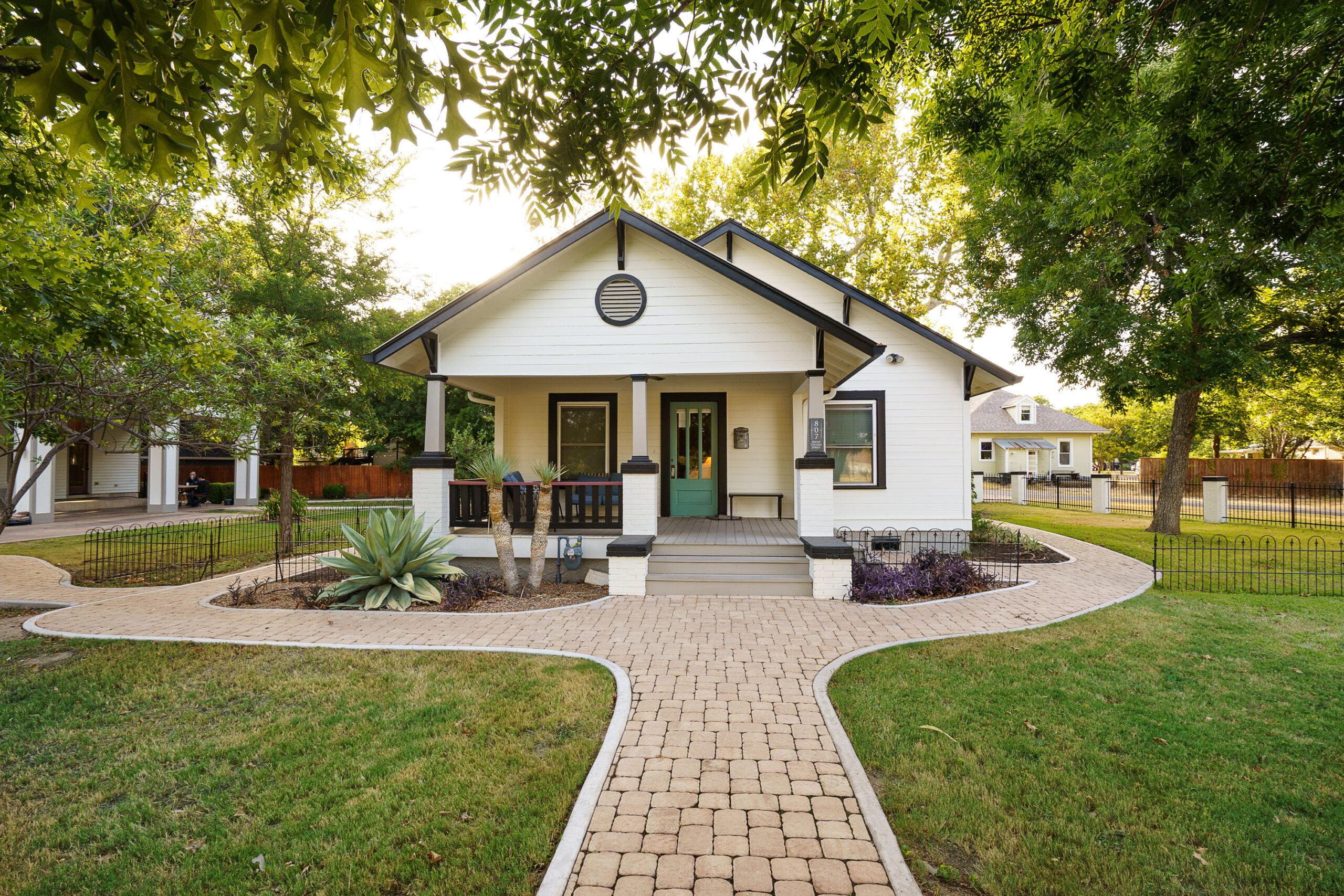Understanding Bipolar Disorder
Bipolar disorder is a mental health condition characterized by significant mood swings, including episodes of mania and depression. These episodes can affect an individual’s energy levels, sleep patterns, judgment, and behavior, seriously impacting their day-to-day life. The complexity of this condition necessitates a multifaceted approach to treatment and care, highlighting the importance of long-term care for bipolar disorder.
The Importance of Long-Term Care for Bipolar Disorder
Long-term care for bipolar disorder is crucial for managing the symptoms that come with the condition. Effective management often involves a combination of medication, psychotherapy, and lifestyle adjustments, tailored to fit an individual’s specific needs. Alta Loma, nestled in the peaceful outskirts of Georgetown, Texas, offers a sanctuary for individuals battling bipolar disorder and other severe mental illnesses, emphasizing holistic and personalized care.
Tailored Treatment Plans
At Alta Loma, understanding each resident’s unique journey with bipolar disorder is a priority. Treatment plans are customized, incorporating cognitive behavioral therapy, medication management, and nutrition planning to address the diverse aspects of the disorder. This personalized approach ensures that care is as effective as possible.
Structured Environment
Creating a structured environment is a key element of long-term care for bipolar disorder. Alta Loma’s facilities are designed to provide a calming and therapeutic setting, where residents can find stability and peace. Such an environment is instrumental in helping individuals with bipolar disorder manage their symptoms and work towards recovery.
Integrated Care Approach
The journey towards managing bipolar disorder is not solely about addressing the mental aspects of the condition. Alta Loma adopts an integrated care approach, focusing on the whole person rather than just their symptoms. This includes offering services for physical health, such as recreational therapy and nutrition planning, alongside mental health support.
Building Strong Support Systems
A strong support system is invaluable for individuals with bipolar disorder. Alta Loma emphasizes community integration and supportive living, encouraging residents to build relationships that can offer encouragement and understanding. This sense of community is vital for long-term recovery and maintenance of mental health.
Long-Term Outcomes and Success
Sustainable Lifestyle Changes
Long-term care for bipolar disorder aims not just to manage symptoms but to foster sustainable lifestyle changes. Alta Loma’s comprehensive programs equip residents with the tools and strategies needed to maintain mental health and sobriety, emphasizing personal growth and development.
Empowerment Through Education
Education plays a critical role in long-term care for bipolar disorder. By offering resources and learning opportunities, Alta Loma empowers residents to take control of their mental health, understand their condition, and navigate the challenges it presents.
Challenges in Long-Term Care for Bipolar Disorder
Providing long-term care for bipolar disorder comes with its set of challenges. These can include medication management complexities, the need for ongoing adjustment of treatment plans, and addressing the stigma associated with mental health conditions. Alta Loma is devoted to overcoming these hurdles, offering relentless support and expert care to ensure the best possible outcomes for its residents.
Advancing Care for Bipolar Disorder
As our understanding of bipolar disorder evolves, so too do the strategies for its long-term care. Alta Loma remains at the forefront of these advancements, integrating the latest research findings and treatment methodologies to enhance care and support for residents. This commitment to innovation and excellence ensures that Alta Loma continues to be a place of healing and hope for those affected by bipolar disorder.
Seeking Help
If you or a loved one is struggling with mental health, long term care for bipolar disorder is a step towards a healthier, more stable future. Alta Loma’s compassionate team and comprehensive treatment programs offer the support and resources needed for long-term recovery. Contact Alta Loma today to learn more about how they can assist in navigating the path to wellness.

What is the long term treatment for bipolar disorder?
The long-term treatment for bipolar disorder involves a comprehensive, multi-faceted approach. It’s not just about managing the symptoms; it’s about treating the person as a whole. This includes a combination of medication management, psychotherapy, lifestyle adjustments, and often, educational components to help individuals understand and live with their condition. We emphasize the importance of creating a structured environment, like the one we’ve established at Alta Loma, which supports our residents’ emotional and psychological stability. This foundation allows us to adapt treatments as needed and ensures we assist in every aspect of recovery and integration into society.
What is the life expectancy of a person with bipolar disorder?
There’s a lot of research indicating that bipolar disorder can impact life expectancy, but it’s crucial to recognize that these studies often reflect the challenges of managing the condition, rather than the disorder itself. With effective treatment and support, individuals with bipolar disorder can lead long, fulfilling lives. The key is accessing comprehensive care that addresses not just the symptoms, but the person as a whole–physically, emotionally, and socially. This holistic approach can significantly mitigate the risks associated with bipolar disorder and improve overall life expectancy.
What is end stage bipolar disorder?
End stage bipolar disorder is not a term we commonly use, as it implies a finality that doesn’t align with the reality of the condition. Bipolar disorder is a chronic illness that, while incurable, can be effectively managed with the right treatment and support. The term might refer to severe, untreated cases where the person’s quality of life is significantly impacted. However, with advancements in care and tailored approaches like those we provide, many individuals can achieve stability and enjoy a high quality of life, challenging the notion of a so-called ‘end stage.’
Where can a person with bipolar live?
Individuals with bipolar disorder have several living options depending on the severity of their condition and their stage in recovery. Many live independently or with family, managing their condition with outpatient support. However, for those who require more structured assistance, residential treatment facilities like Alta Loma offer an environment designed to support long-term recovery. Our facility provides a therapeutic community, structured programs, and comprehensive care coordination, ensuring residents have the stability and support needed to focus on their wellness and reintegration into society.
How important are tailored treatment plans in managing bipolar disorder?
Customized treatment plans are crucial in managing bipolar disorder effectively. Every individual’s experience with bipolar disorder is unique, which means a one-size-fits-all approach simply doesn’t work. At Alta Loma, we prioritize getting to know each resident’s personal history, symptoms, challenges, and goals. This deep understanding allows us to create personalized treatment plans that address not only the psychiatric needs but also the emotional, physical, and social aspects of each person’s life. This tailored approach ensures the highest chances of long-term success and reflects our commitment to holistic care.







